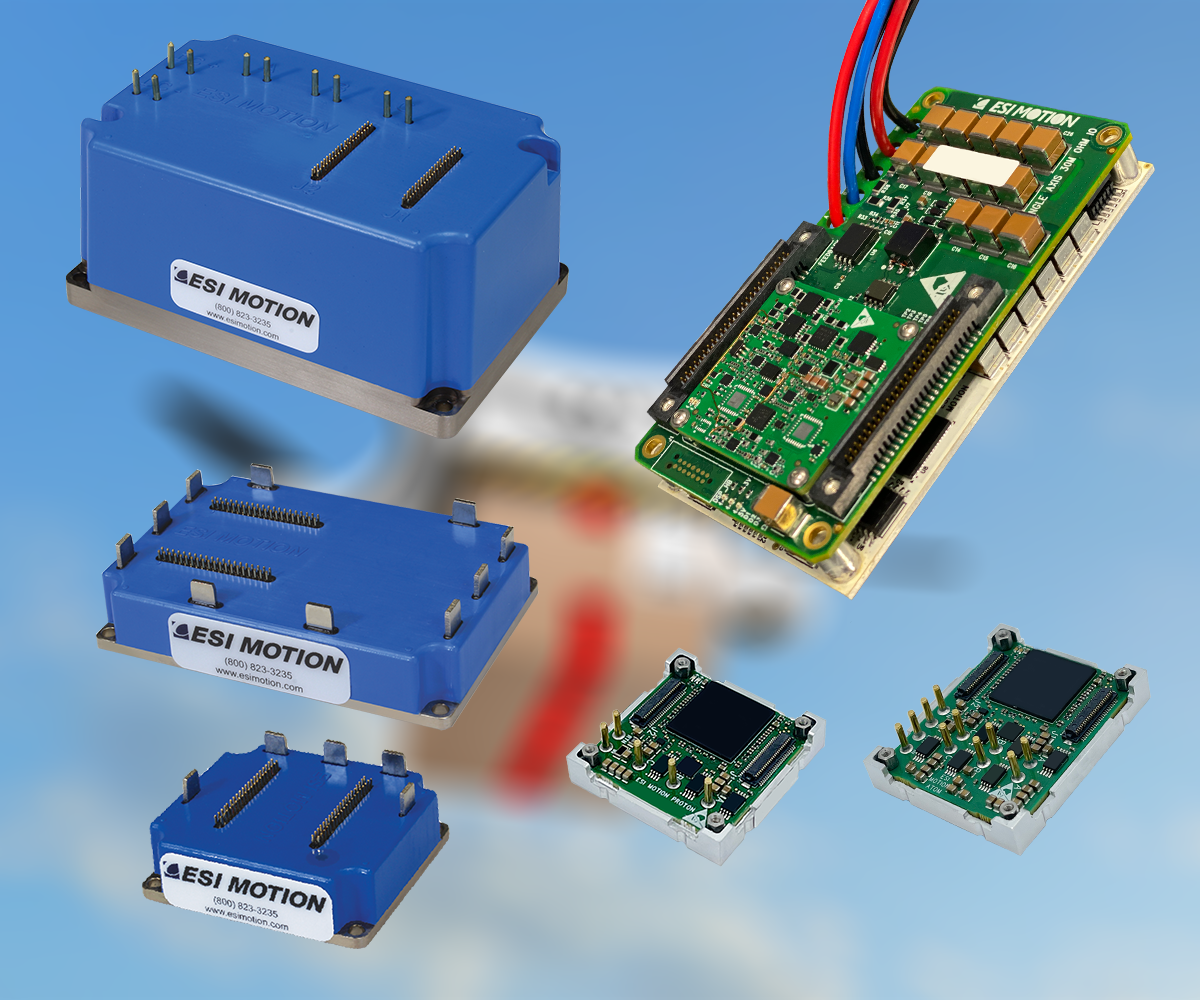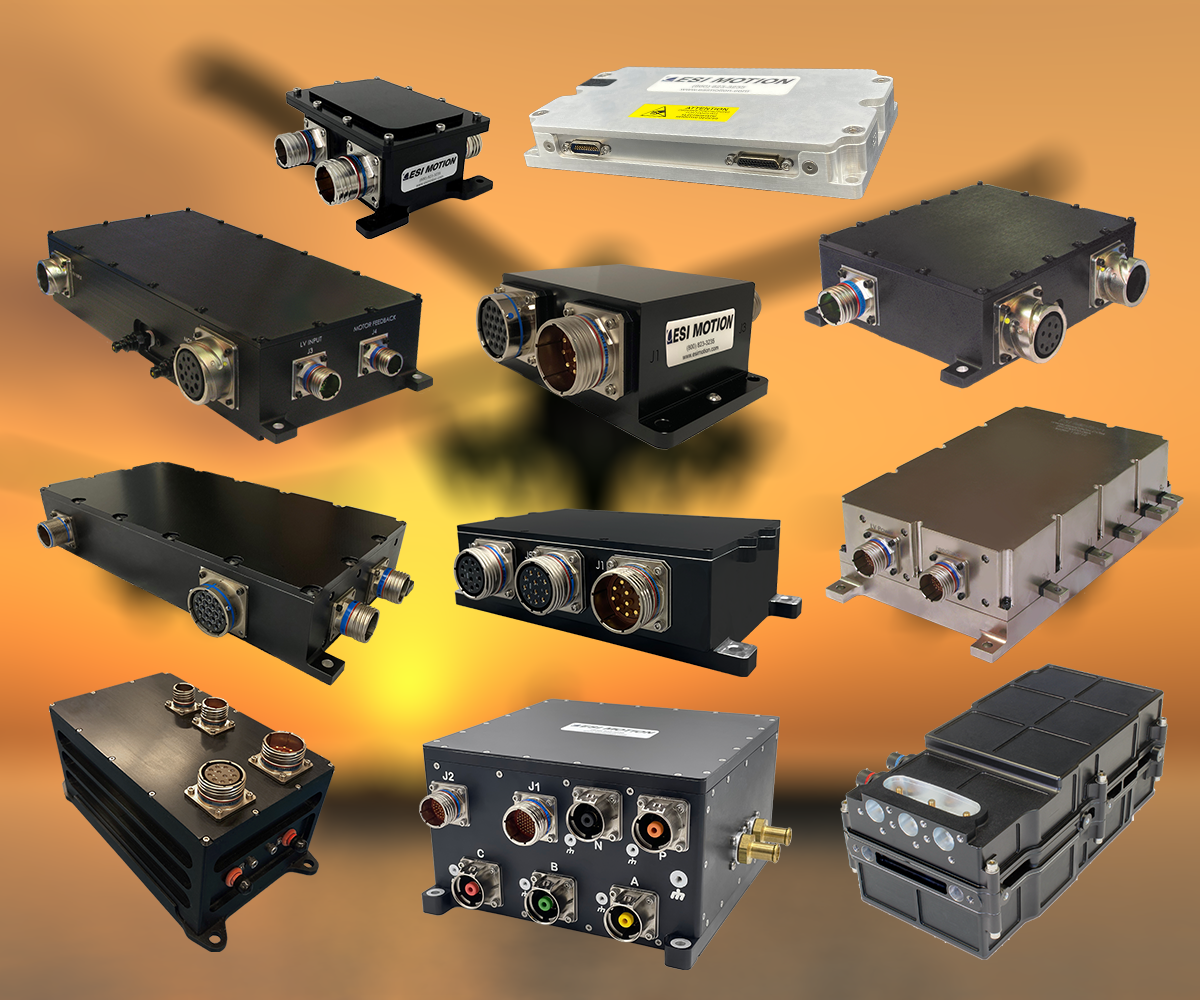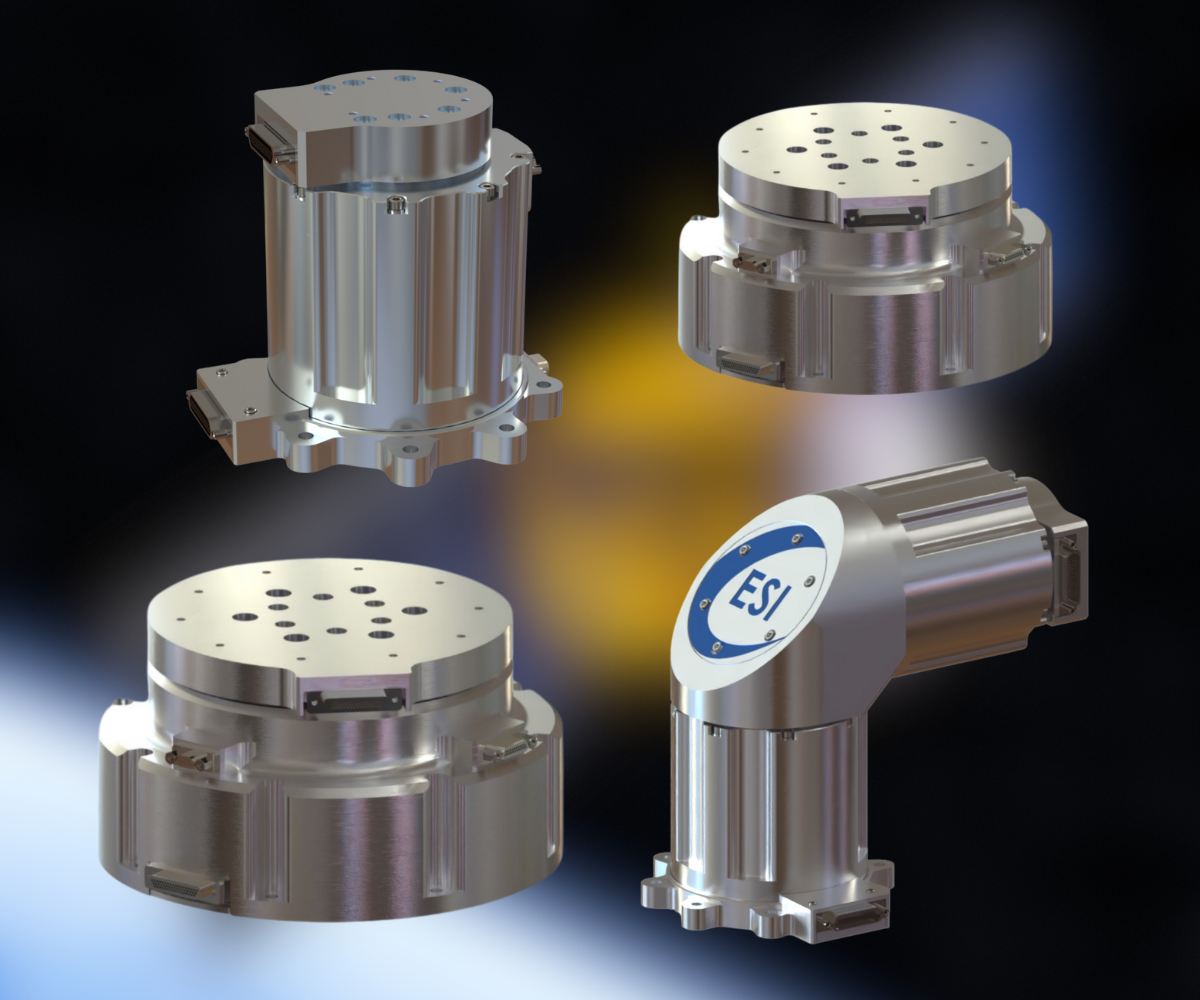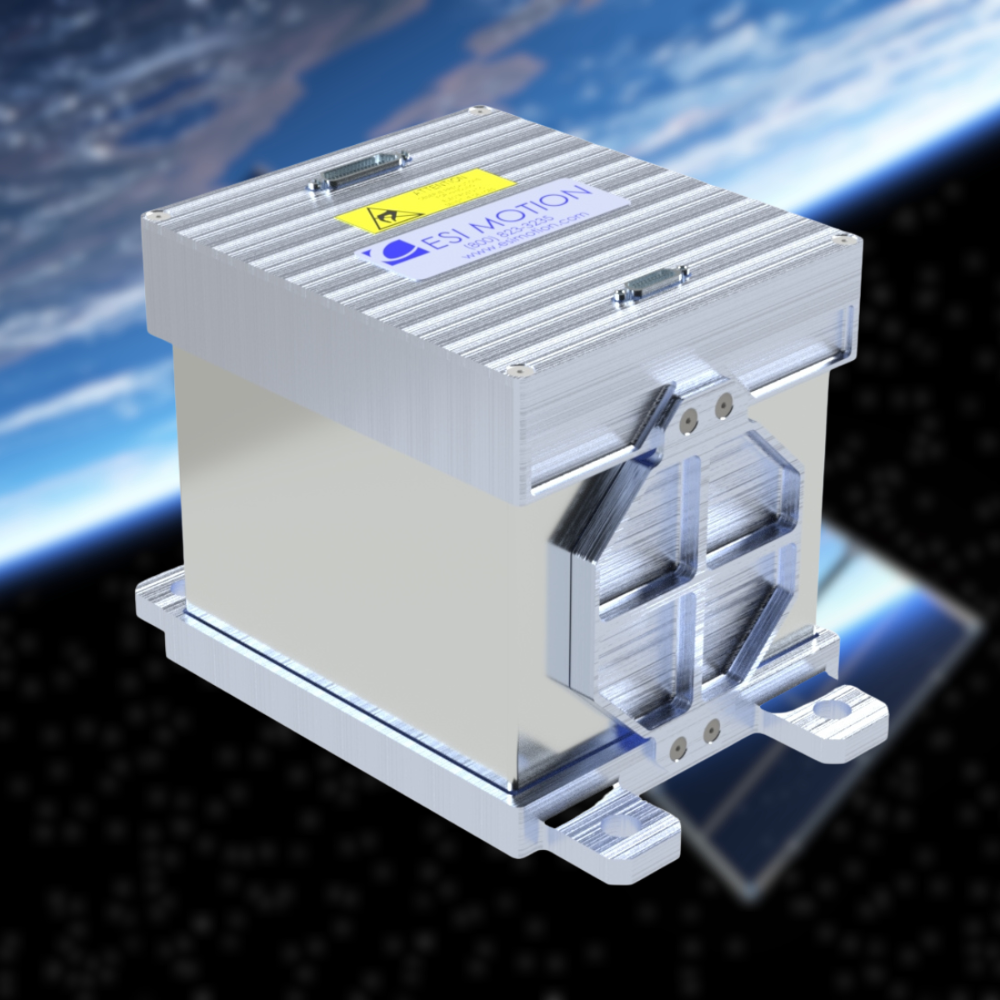Actuators play a critical role in SADA (Spacecraft Attitude Determination and Control System) applications by enabling precise control over a spacecraft's orientation and attitude. Here's a breakdown of their roles:
1. Control of Attitude
- Actuators are used to execute commands generated by the attitude control algorithms.
- They adjust the orientation of the spacecraft to achieve desired positions, such as aligning solar panels with the Sun, orienting antennas for communication, or pointing instruments for scientific observation.
2. Types of Actuators in SADA
Common types of actuators used in spacecraft attitude control include:
-
Reaction Wheels:
- Rotate internally to change the spacecraft's angular momentum.
- Provide fine and continuous control without expending propellant.
-
Magnetorquers:
- Utilize magnetic fields to generate torque by interacting with Earth's magnetic field.
- Useful for momentum management and desaturation of reaction wheels.
-
Thrusters:
- Produce forces using propellants for rapid and significant attitude adjustments.
- Used for maneuvers or correcting large orientation errors.
-
Control Moment Gyroscopes (CMGs):
- Offer high torque for large spacecraft by changing the orientation of spinning masses.
-
Gimbals and Servo Actuators:
- Allow mechanical pointing of payloads or solar arrays (direct mechanical motion).
3. Stabilization and Maneuvering
- Actuators help maintain three-axis stabilization or induce spin stabilization depending on the spacecraft's design.
- They facilitate precise maneuvers, such as orbital changes or docking.
4. Energy Efficiency and Redundancy
- Modern actuators are designed to operate efficiently to minimize energy use, crucial for long-duration missions.
- Systems often include redundancy to ensure continued operation in case of actuator failure.
5. Integration with Sensors
- Actuators work in tandem with attitude sensors (e.g., gyroscopes, star trackers, and sun sensors) to form a closed-loop system.
- Sensors provide feedback, allowing actuators to make real-time adjustments for precise control.
6. Fault Management
- In case of anomalies (e.g., reaction wheel saturation), actuators like thrusters or magnetorquers are used for recovery.
- This ensures the spacecraft can maintain mission-critical orientation even during failures.
As we can see Actuators play a Key Role in the Success of this Important Space Application. ESI Motion has the Knowledge, Experience and Network to Help You Find the Right Actuators and Controllers for your Space Applications.
Contact Us Today by calling +1.800.823.3235 or email us at sales@esimotion.com.





